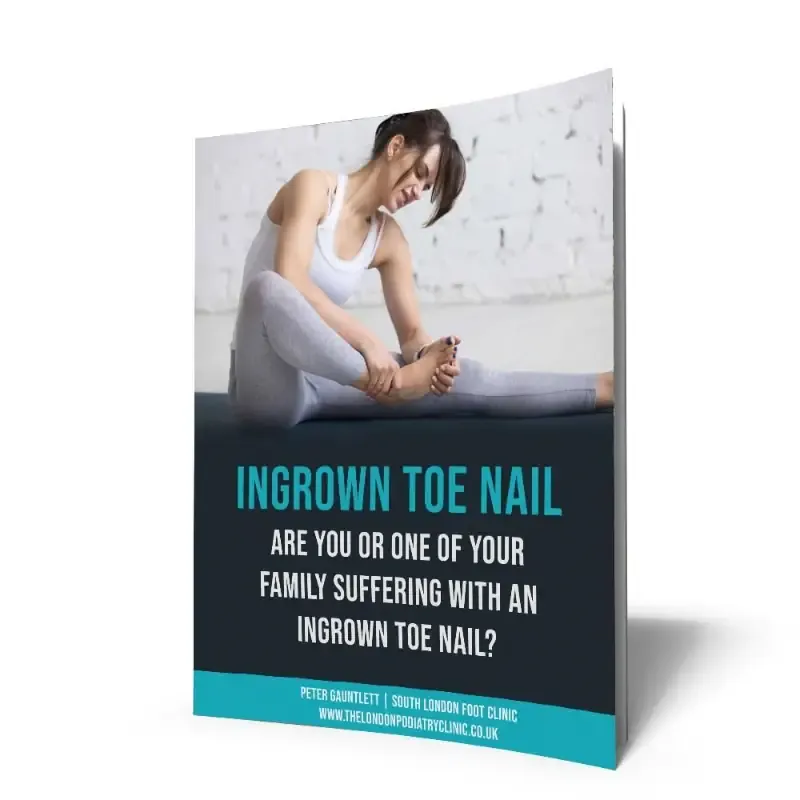Pain In Your Ankle
May 04, 2020Ankle Sprains
Ankle Sprains are very common. They occur when you roll, twist or turn the ankle in an awkward way. This might lead to a tear or stretch of the soft tissue bands that hold the foot and ankle bones together. These soft tissue bands are ligaments and they help stabilise the foot and ankle.
Self treatments might be indicated in very mild sprains. With more serious injury especially if you were unable to weight bear immediately afterwards or you are limping warrants a medical examination from a podiatrist or medical doctor. This is to assess the amount of ligament and soft tissue damage, but also to check for any movement and balance deficits you may have suffered with your injury. In addition how the structural injury can lead to stability issues.
Signs and Symptoms
- Pain - more when weight bearing on the injured foot
- Swelling
- Bruising (not always)
- Restricted Range of Motion
- Instability of the Ankle
- Popping sound or sensation at the time of injury
When To See a Podiatrist
If your pain is severe and doesn't go away within the next couple of days you should come in for an evaluation. As well as ligament damage you may have a fracture. This can be checked by the podiatrist.
Call us If you are unsure
Tel 0203 6022640
Causes of ankle sprains
- A fall that causes your ankle to twist
- Landing awkwardly on your foot after jumping or turning
- Someone stepping on or landing on your foot while you are moving
- Walking on or exercising on uneven surfaces
Other factors that contribute to ankle sprains
- Participating in sports activities any activity that involves jumping, cutting and quick changes of direction can result in an ankle sprain
- Uneven surfaces walking or running on uneven surfaces may cause an ankle sprain. This is especially important if your not used to moving on these surfaces
- Prior Ankle Injury previous injury is a risk factor. In particular if you haven't properly rehab'ed the ankle first time around
- Poor Physical Condition poor strength and flexibility can increase the risk of an ankle sprain
- Inappropriate Shoes shoes that aren't made for the activity you are undertaking can lead to instability and ankle sprain. The best example is a high heeled shoe on cobbled roads
Complications
Not treating an ankle sprain properly after injury can lead to:
- Chronic pain
- Chronic Ankle Instability
- Arthritis of the Ankle Joint
How to prevent an ankle sprain
- Warm up before exercise or play sports
- Wear ankle support or brace on a weak or previously injured ankle
- Try to wear high heeled shoes as little as possible
- Practice stability training, such as balance exercises
- Maintain good conditioning and muscle strength

